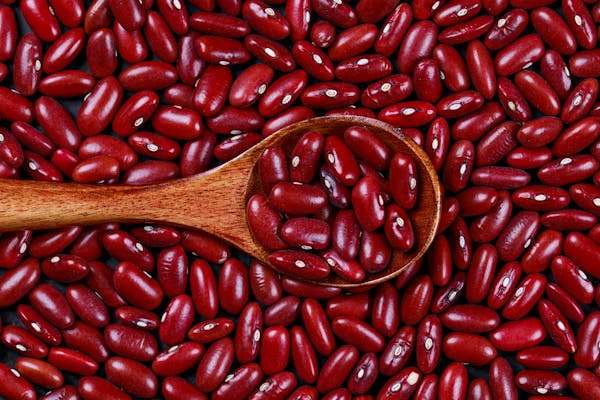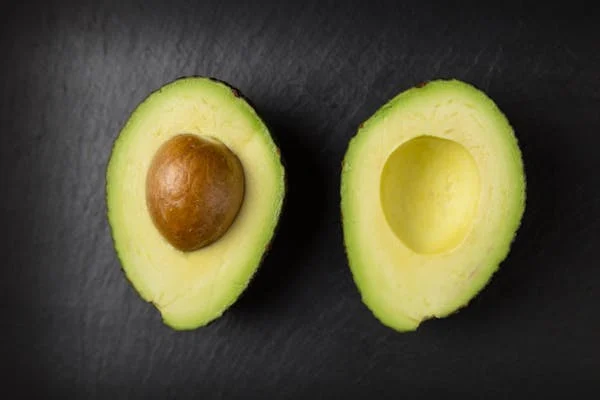White vs Red Kidney Beans: A Guide to Choosing the Perfect Bean
Phaseolus vulgaris, the scientific name for kidney beans, is a type of common bean that is native to Mexico and Central America but is now grown all over the world. Aptly named for their kidney-like form, they are well known for their nutritional worth and adaptability in the kitchen. Though there are white, red, and speckled forms of these legumes, here are brief explanation of white vs red kidney beans, red kidney beans are arguably the most widely consumed and easily identifiable. Kidney beans are a great complement to a balanced diet because they are a good source of plant-based protein, dietary fiber, vitamins, and minerals. Kidney beans are valued for their culinary diversity as well as their nutritional value. They are a common component of many international cuisines, appearing in salads, soups, stews, chili, and bean-based spreads like hummus. All things considered, kidney beans are a popular option for both health-conscious people and foodies because they are not only nutrient-dense but also tasty and simple to use in a variety of cuisines. White vs Red Kidney Beans: In the vast landscape of legumes, few comparisons ignite as much intrigue and culinary discourse as the debate between white vs red kidney beans. These two varieties, renowned for their distinct appearances and culinary applications, symbolize a choice that spans kitchens and cultures worldwide. From hearty stews to vibrant salads, the choice between white vs red kidney beans can significantly impact both the flavor and nutritional composition of a dish. In this article, we embark on an exploration of the nuanced differences between white vs red kidney beans, examining their nutritional profiles, culinary versatility, and cultural significance. Join us as we navigate this flavorful journey and uncover the secrets behind the enduring rivalry of white vs red kidney beans. Comparing Nutritional Values: Kidney beans, both red and white, have many nutritional advantages. They are abundant in fiber, vitamins, minerals, and plant-based protein. They do, however, have slightly different nutritional profiles. White kidney beans have slightly more calcium than red kidney beans, but red kidney beans have somewhat higher quantities of fiber, protein, and potassium. Health Benefits: Eating kidney beans, both red and white, has been linked to a number of health advantages. Because of their high fiber content, these superfoods encourage weight loss, normalize blood sugar levels, promote heart health, and facilitate digestion. They are also rich sources of antioxidants, which are effective in the battle against oxidative stress and inflammation. Blood Sugar Control According to research, kidney beans’ high fiber and protein content can reduce the pace at which sugar is absorbed into the blood, reducing the risk of blood sugar spikes and falls. Weight loss Kidney beans’ high fiber content might enhance feelings of fullness after meals, which can lower calorie intake and aid in weight loss. Research has indicated that diets high in beans are significantly associated with a lower incidence of obesity and excess weight. Heart health Kidney beans’ high potassium and fiber content has been related to heart health benefits by lowering blood pressure and LDL cholesterol. Debate Over Potential Health Risks: If kidney beans are not properly soaked and cooked, they might induce gastrointestinal distress because they contain a natural poison called lectin. This is especially true with red kidney beans. Discussions concerning the possible health hazards of kidney beans have been sparked by reports of food illness connected to badly prepared kidney beans. But these worries can be readily avoided with the right preparation methods, including thorough soaking and high-heat cooking. Thus, even while it’s important to remain aware of any possible hazards, you shouldn’t let them be an excuse to cut out these wholesome beans from your diet. Culinary Uses: This section explores the various ways that red and white kidney beans are used in recipes and meals from various cultures and culinary traditions. It looks at how adaptable both kinds of beans are and emphasizes how each works best in different recipes. The following are some topics that could be discussed: Traditional Recipes: Talk about traditional recipes or meals that feature red and white kidney beans as the main ingredients. Classic recipes like chili con carne, bean salads, bean soups, and stews made with beans could fall under this category. Cultural Variations: Examine the ways in which red and white kidney beans are used in other civilizations’ cuisines. For instance, white kidney beans may be a mainstay in Mediterranean or European cuisines, but red kidney beans may be more common in Latin American and Caribbean cuisines. Texture and Flavor: Examine how the white and red kidney beans’ respective textures and flavors affect the recipes that call for them. Red kidney beans, for example, may be harder and have a somewhat earthier flavor than white kidney beans. This could make them less suitable for use in some recipes. Recipe Suggestions: Provide ideas or suggestions for combining red and white kidney beans into other dishes. Recipe ideas for salads, soups, stews, casseroles, dips, and other foods could be included, along with advice on how to prepare and cook them to get the best flavor and texture. Substitutions: Talk about when red kidney and white kidney beans can be used equally in recipes and when one kind of bean would be preferred over the other due to factors like flavor, texture, or appearance. All things considered, the “Culinary Uses” section offers readers useful advice on how to include both white and red kidney beans in their cooking arsenal while highlighting the appetizing qualities of each type. Flavor and Texture: This section emphasizes the variations between white and red kidney beans in terms of taste and mouthfeel, as well as how these differences may influence cooking decisions. Here are some important points to discuss: Describe the flavors of the two types of kidney beans, white and red. For instance, white kidney beans may taste milder and slightly sweeter than red kidney beans, which may have a slightly earthy, nutty, or meaty flavor. Talk about how these … Read more








